Top 10 Tips to Read the Ingredients List
How to Read the Ingredients List
Most of us know to turn over the package of food we want to buy and briefly look over something called the Nutrition Facts. These facts usually give us a description of the main macro-nutrients in the item. We can know how much fat, carbohydrate, and protein is in a serving of that food. I will break these down in another post. This time, I want to focus on the ingredients list sitting next to those nutrition facts. I find that I am tempted to gloss over them because it looks like a sea of black text with very confusing words that I often cannot pronounce. But I am here to tell you that this black block of words is VITAL to knowing what’s in your food. I will aim to walk you through this maze to make an informed decision about that product.
What is the Ingredients List
Although daunting, the ingredients list is a wonderfully informative piece of text! I think of it like a recipe for that product. So if I decided to take all those ingredients on the back of their label and mix them together, I should get something close to the product I’m holding. But these recipes have a strange twist. Not every ingredient sounds like a food that you can recognize. These bizarre ingredients are curious creatures that do not necessarily promote your good health. I will talk about a few examples later in this article. But I will save an in depth discussion of any specific ingredient for other posts. For now, I want to get you familiarized with that ingredients list and what information it provides you to make better decisions about the food you choose to buy for your body’s needs.
How to Get Started with Reading the Ingredients List
First of all, do NOT depend on the front label to tell you all the information you need to know about a product! Food companies pay big bucks to brand and market their products so people THINK they are buying something healthy. But the Ingredients List can help you confirm if that product actually is good for you without the flash and glamour of the front label blinding your good judgement! In my opinion, the front label only tells you the name of the item. For example, peanut butter and the many brands that make it. I pay no heed to, “reduced fat” or “gluten free” or “natural”. These terms are used somewhat loosely depending on the laws surrounding them. Therefore I pay MOST attention to the Ingredients List because food companies must list all ingredients on a given product to the best of my knowledge.
Top 10 Tips to Read the Ingredients List
- The absolute TOP TIP you need to take away from this post is: If you read an ingredient and do NOT know what it is, then you probably do not want to eat it.
- If you are still considering the product with the mystery ingredient, Google it! Knowledge will help you decide if you want it in your body.
- Always go for the product with the least amount of ingredients. For example: If one bag of pistachios lists “pistachios”, while the other bag lists “pistachios, sugar”, then choose the first bag. Why? For one thing, the sugar in the second bag is not good for you. But more importantly, you have to ask yourself, “Why is there sugar in a bag of pistachios when there should not be any sugar at all?”
- Compare brands. For example, compare the ingredients of bread from two or more brands. You may find that they are very similar with a few minor differences. This can actually save you money when considering the brand name versus the store brand. But it can also equip you with helpful information that lets YOU decide what is healthy for your body.
- Don’t be shy or embarrassed to stand there for an hour looking things up. The thought of other people thinking I’m weird was very real until I decided that my health is more important than what other people think of me.
- Pay attention to allergy-causing ingredients and stay away from the ones that you are sensitive to. You can find my post on food allergies here.
- I put back anything with artificial sweeteners. These tend to wreak havoc on your body in different ways. Look out for that post!
- The ingredients are listed by amount from greatest to least. This means that the product contains the most amount of the very first ingredient while it contains the least amount of the last ingredient.
- Food dyes are bad in my opinion. While it is true that some food dyes are FDA approved for consumption, they are still not good for your health and can cause inflammation and allergies.
- Food companies may list their ingredients in unclear ways. This usually turns me off to that particular product. Again, I search for that ingredient so that I reclaim the power to decide what is healthy for my body.
Common Questions About the Ingredients List
Are Ingredients Listed in Order of Amount?
- To the best of my knowledge, ingredients are listed according to how much you will find in that product. If you have a recipe that calls for 1 cup of flour, 2 cups of sugar, and 1/2 cup eggs, then these ingredients will be listed as: Sugar, Flour, Eggs.
Do Products Have to List All Ingredients?
- According to the Food and Drug Administration (FDA) website at the time of this writing, food manufacturers must list all ingredients in a product. They do a wonderful job explaining what and why additives are used in food. Please read here.
Does the FDA Regulate Labeling of Food Allergies?
- To my understanding, they follow the Food Allergen Labeling and Consumer Protection Act of 2004. This helps people avoid allergy causing foods. For more information from the FDA, please click here. And to view my post about the subject, please click here.
What Food Allergies are Defined by Law?
- According to the FDA’s website, there are more than 160 different allergy-causing foods. However 8 foods are responsible for 90% of allergic reactions people experience. They list these as, “Milk, Eggs, Fish, Crustacean Shellfish, Tree Nuts, Peanuts, Wheat, Soybeans”. Please see the FDA website for more information.
What Types of Food Ingredients are There?
- The FDA has listed a wonderful chart that lists the type of ingredient, what it does, lists examples of them as well the different names they can be identified by. You can find this chart here.
The Last Thing You Need to Know About the Ingredients List
- Remember, if you don’t know what it is, you probably don’t want to put it in your body. Otherwise, Google it or find it on the FDA’s website. If you have allergies to anything, do NOT take any chances! If you notice any hives, itching, difficulty breathing, please seek immediate medical attention.
- Please share and comment if you like this article! And please let me know what you would like to read about!

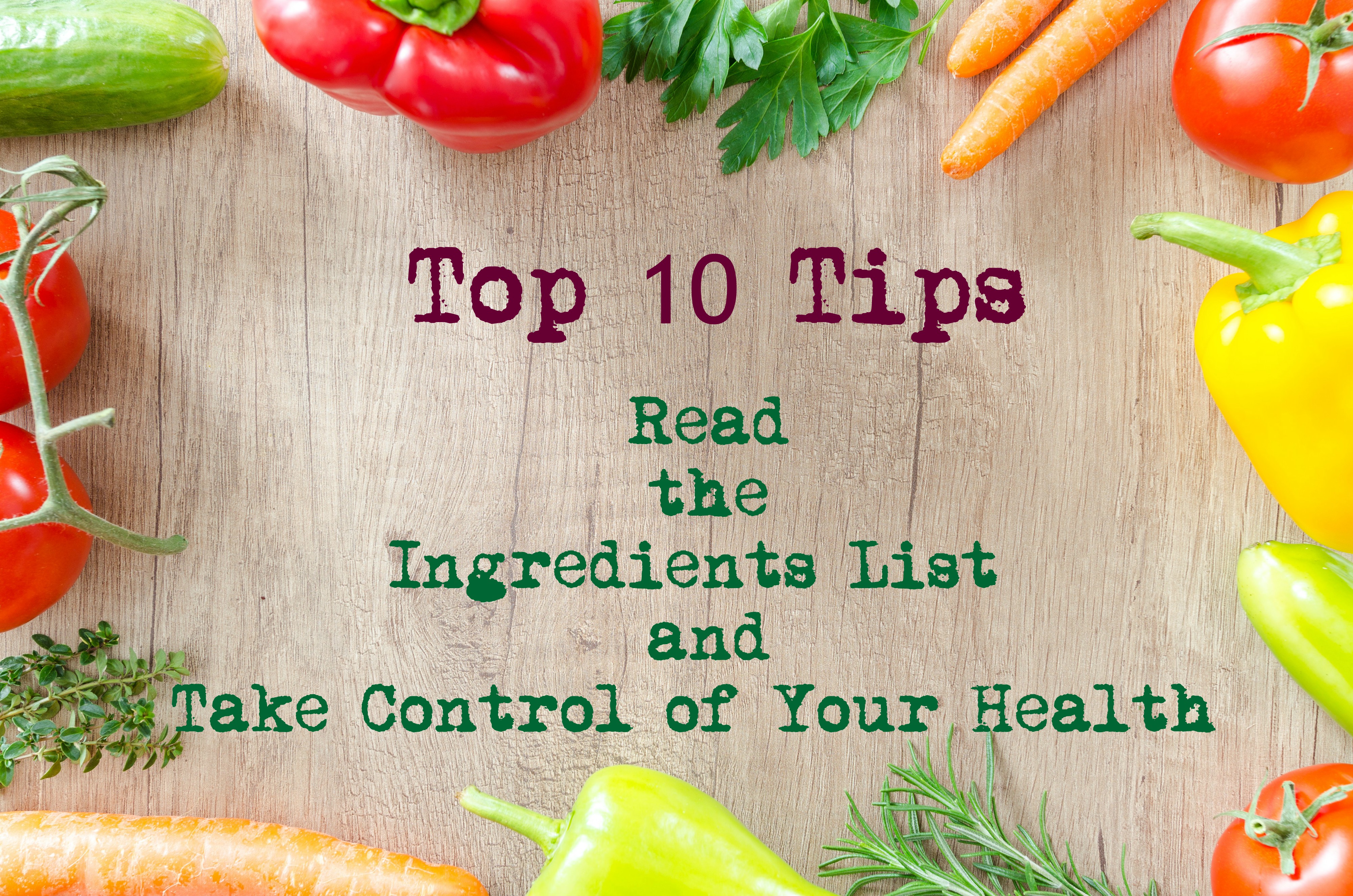
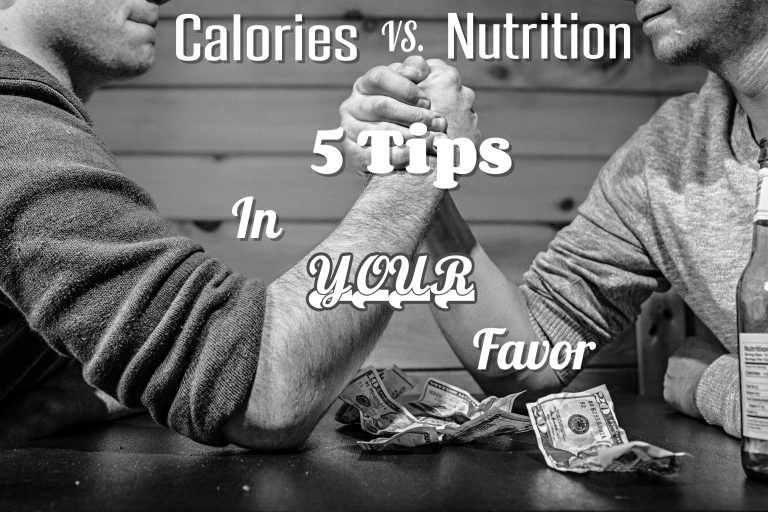
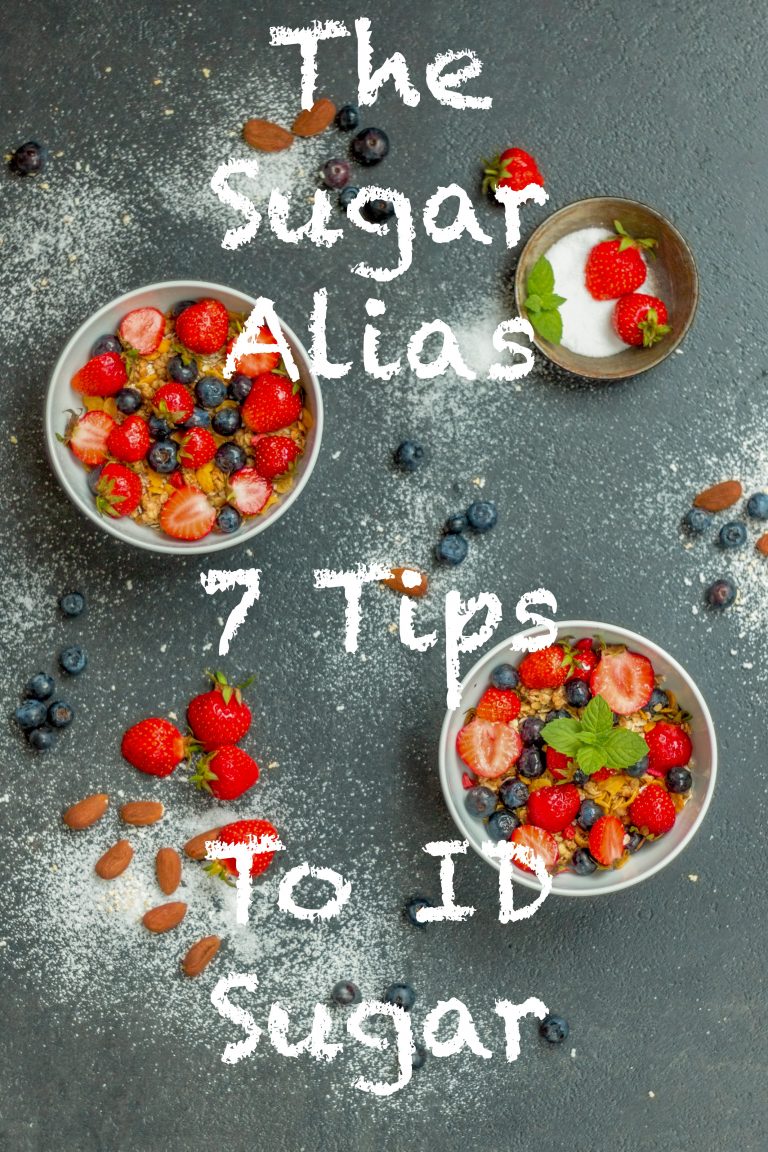
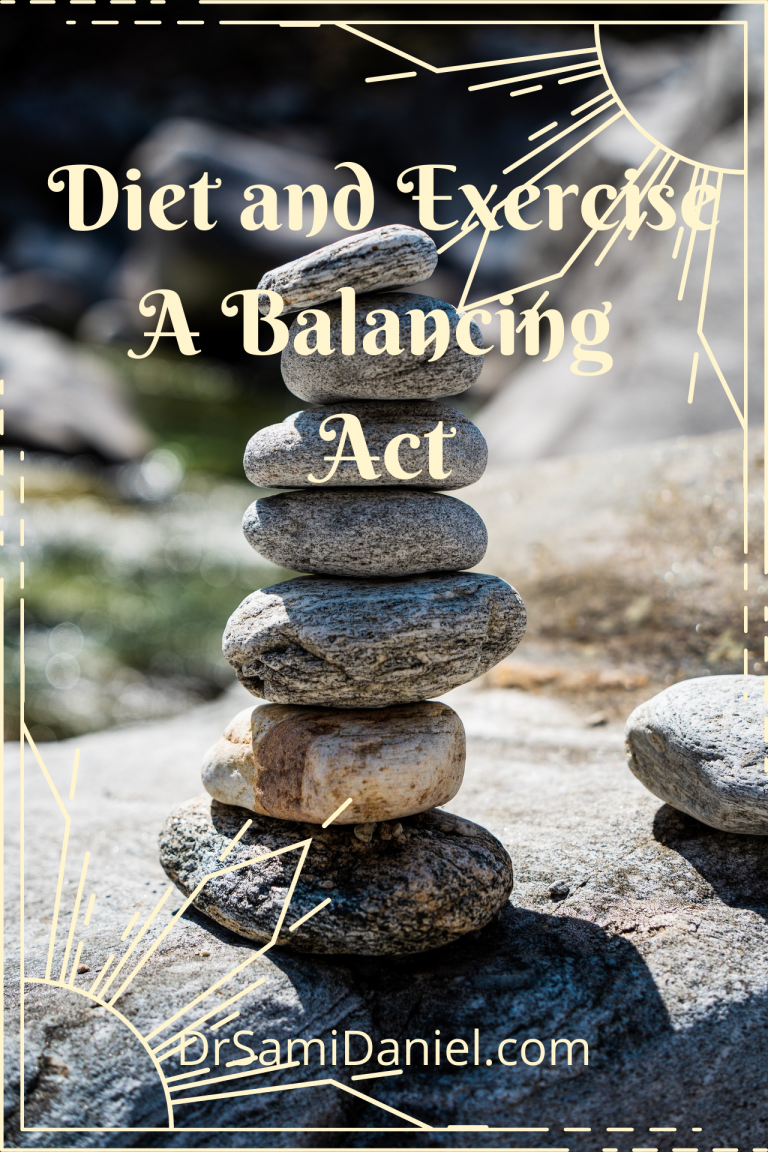
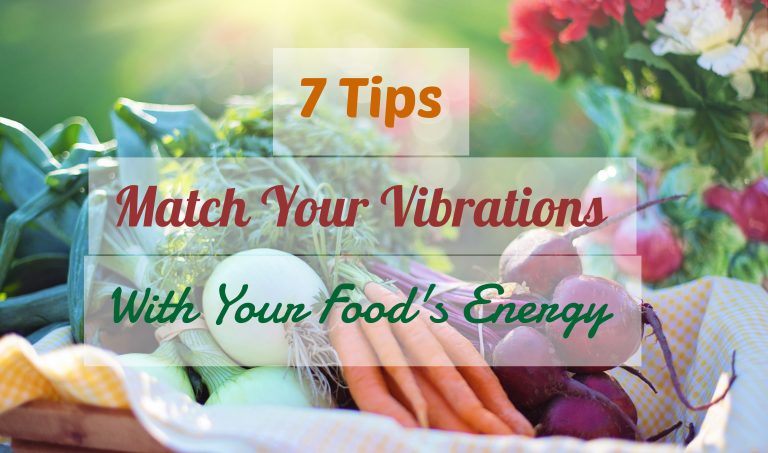


One Comment